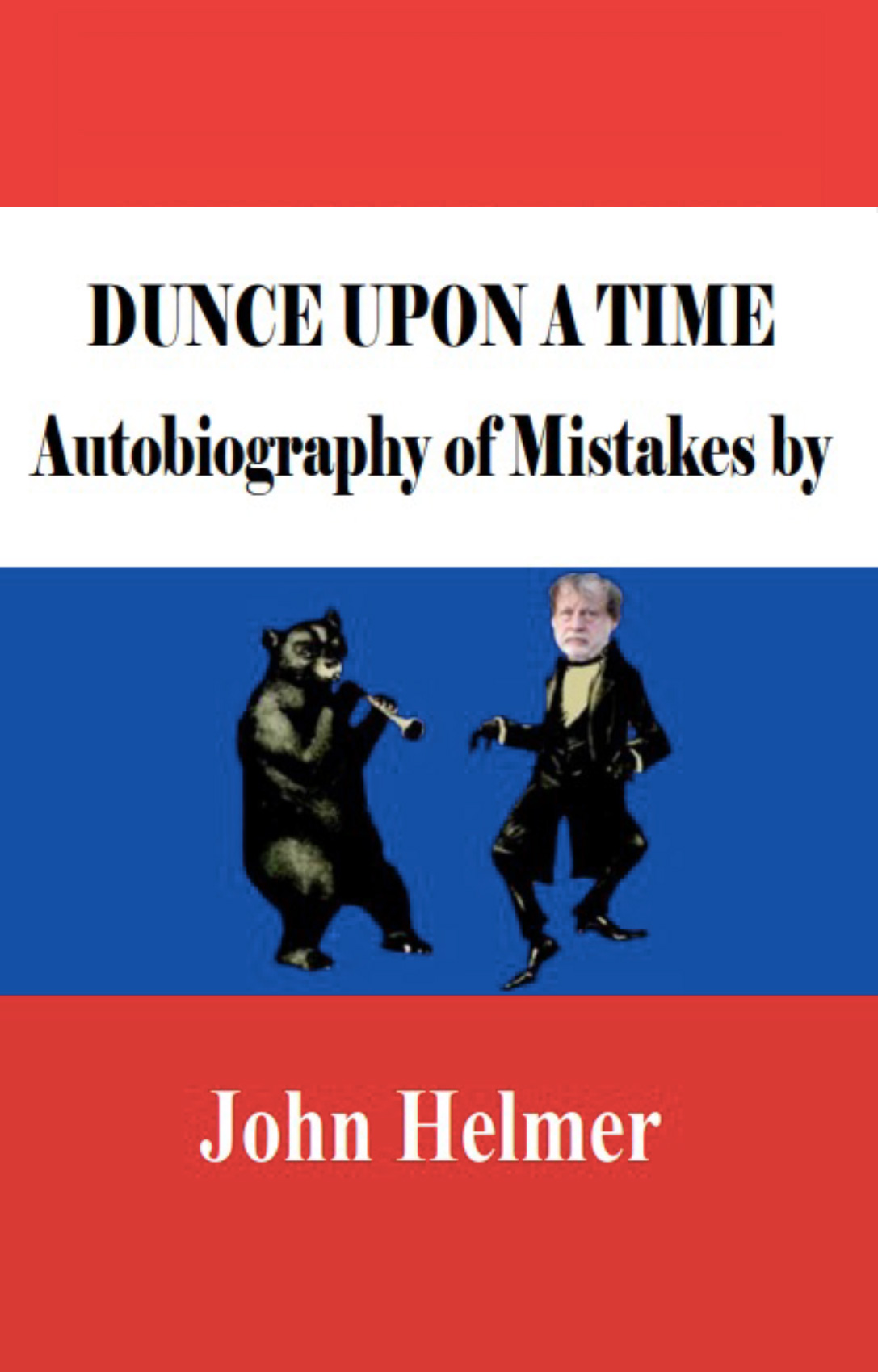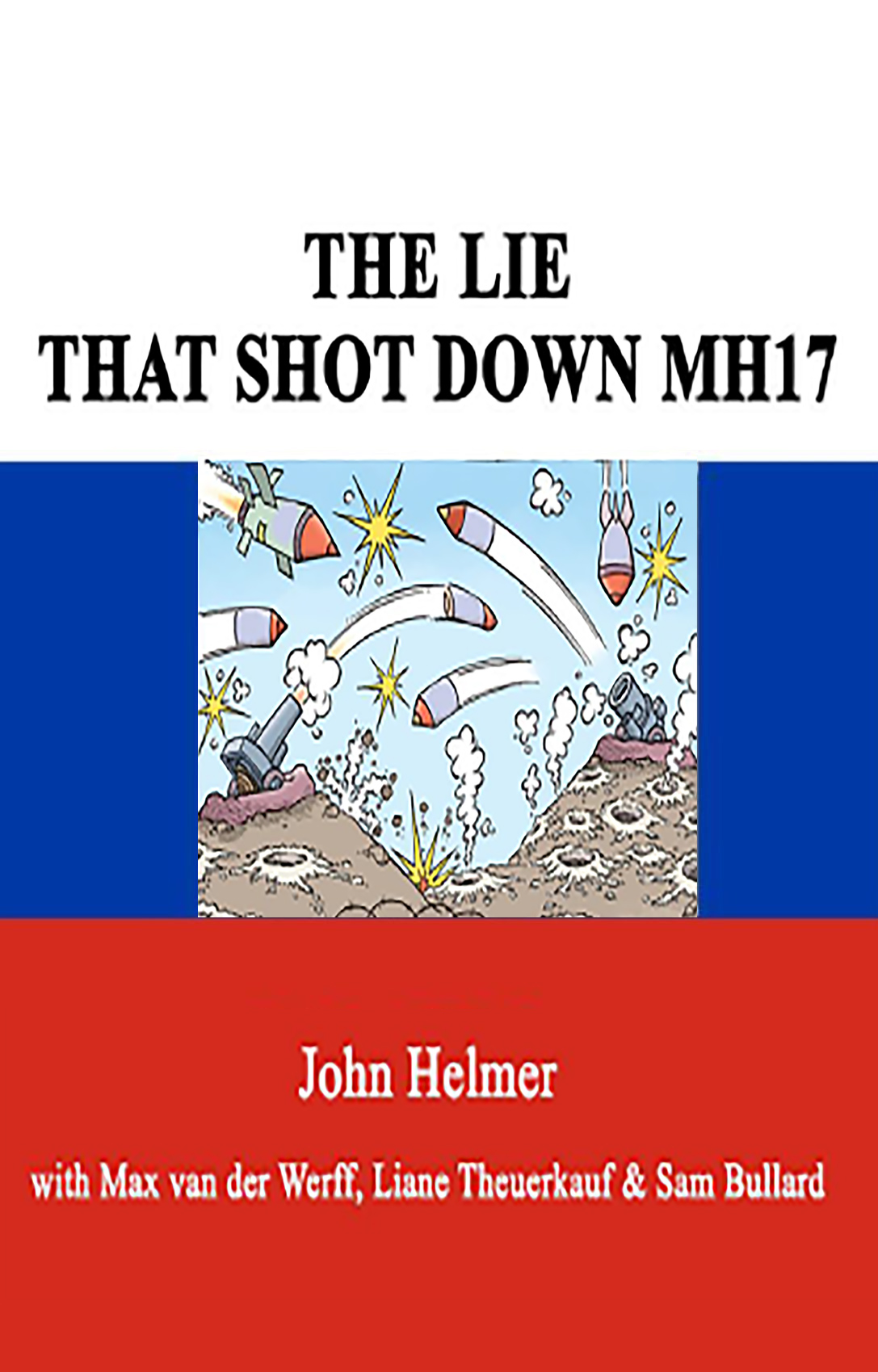

By John Helmer, Moscow
@bears_with
Estonian politics are being turned upside down because of a leaked report into the diversion of defence spending.
The timing is not an unlucky coincidence. It is the result of the country’s leaders claiming kudos for leading the NATO alliance in lifting the military proportion of their Gross Domestic Product (GDP) from 3.4% to 5.4%.
This increase was enacted in April when the Estonian government and parliament approved a four-year €2.8 billion additional defence funding bill in order to meet the NATO target dictated by President Donald Trump. The increased spending will lift Estonia from the 19th rank of the global defence/GDP ratio, four ranks behind Poland (4.15% as of 2024 ) and one rank behind the US (3.42%), to lead the NATO member states.
“I really, from this podium, in this building, want to applaud your leadership on meeting the five percent defense spending target, not years down the road but in all of your countries in 2026,” US Defense Secretary Peter Hegseth announced at a Pentagon meeting with Hanno Pevkur, the Estonian defense minister on July 25; beside Pevkur were his Latvian and Lithuanian counterparts. “It underscores your dedication to the Alliance’s security and sets a very clear example for others to follow.”
Pevkur replied: “Our meeting today is a testimony to the strong and trusted partnership between the Baltic States and the United States…We stand up for one another and we defend each other when it’s needed. This is what brotherhood in arms truly means.”
In the Estonian language, that last sentence of Pevkur’s means brother’s hands in each other’s pockets.
According to official announcements in Tallinn late last month, Pevkur has agreed to spend $4.73 billion on new US HIMARS artillery systems and ammunition. More than €10 billion ($12 billion) in defence spending is now planned for the four-year period, 2026-2029. The Estonian media report that “procurement accounts for 37 percent of the budget, ammunition for 25 percent, personnel costs for 14 percent, operating expenses for 13 percent, intelligence and early warning for 3 percent, support for the Defense League [citizen mobilisation] for 3 percent and infrastructure investments for 5 percent.”
More than half of this total is expected to go directly to the US military-industrial complex and a Ukraine-sized percentage of 10% to 15% return to Estonian middlemen as commissions. US and European military companies are also being invited to invest in new production of weapons and security technology in Estonia itself. “Estonia also plans,” the government says, “to invest €50 million in defence industry and innovation, including the establishment of a Future Capabilities and Innovation Command and a new defence industry park in Pärnu County.” The list of Russia warfighting allies to supply – sell to Tallin — was published in this Estonian government report, issued before the Trump increase was implemented.
This is the greatest boondoggle in the history of Estonia since the country pinned its hopes on Adolf Hitler and German military investment between 1941 and 1944.
ESTONIA’S DEFENCE SPENDING AS A PROPORTION OF GDP, 2024-25


Source: https://x.com/BudrysKestutis/status/1962505391972974801
“ ‘We have made a historic decision from the point of view of Estonian national defence. We have never allocated so much additional money to national defence in one year in Estonia,’ said Hanno Pevkur, Estonian Defence Minister. ‘Already next year, defence spending will rise to about 5.4% of GDP, or over 2% in one year, and it will stay there for quite a long time,’ noted Pevkur. ‘The four-year average is also 5.4%, and this will give us the opportunity to meet the military capability goals that we have agreed on in NATO,’ he added.”

Pevkur and Hegseth at the Pentagon on July 25, 2025, with the Latvian Defense Minister Andris Sprūds (left) and Lithuanian Defense Minister, Dovilė Šakalienė (right).
The 240-page report on Estonia’s mismanagement of the military budget, prepared by a multi-party committee of parliament deputies, was leaked in an 11_page summary tabled in the Riigikogu, Estonia’s parliament, last week. The documents which have leaked to the Estonian press have not been released by parliament nor published.
In the selective reporting so far, it has been revealed that the Estonian military command has lost control of the new spending to two civilian agencies, the State Defense Investment Centre (RKIK, English acronym ECDI) and the Defense Resources Agency (KRA). They have been staffed by political appointees. Their job — it is suspected in the public at large — is the manipulation of contract pricing of procurements; collection of commissions; fabrication of deliveries and inventories; falsification of accounts; and laundering of the proceeds into offshore accounts operated for the benefit of government officials.

Source: https://www.kaitseinvesteeringud.ee/en/

Source: https://kra.ee/en/
The new report was compiled by a working party of MPs — Leo Kunnas (Independent), Alar Laneman (Reform Party), Neeme Väli (Isamaa), and Anti Poolamets (EKRE), and was led by Meelis Kiili (Reform), a former commander and major general of the Defense League. Peeter Tali (Eesti 200) was initially in the working party but he resigned in protest over some of the report’s claims.
In a press interview, Kiili responded to criticism that his report had unfairly blamed former military commanders for giving up control of the arms planning and procurement process, and for subordinating Estonia’s defence strategy to civilians too inexperienced to prepare for war with Russia.
“Question: The shorter, 11-page summary of the report presents a very serious assessment. I’ll quote: ‘In the working group’s view, the Estonian state as a whole is not sufficiently prepared for a potential war.’ Could you explain the reasoning behind that assessment?
“Answer: We also need local governments and society at large to be involved. We cannot place the responsibility of strategic tasks on subordinate structures. We can’t expect the Rescue Board to manage a nationwide crisis. These are our conclusions: fix the structures, grant the necessary authority and make sure that at the political level, we have decision-makers with the necessary competence. That’s quite simple. The assessment stems from the fact that we are preparing for crises and war using peacetime methods. We don’t truly grasp what a crisis or war entails. We haven’t experienced those kinds of crises ourselves — there’s no direct experience to draw from.”
“But what we’ve seen in Ukraine provides a very clear insight. Throughout the report’s drafting process, the working group constantly referred to both Russia’s military doctrine and developments in Ukraine. And in some ways, the situation we’re in today is one where people still say: ‘Let’s not talk about these things.’ I’d remind everyone that on February 22, 2022, President Zelensky told the Ukrainian people that there would be no war. People need to be spoken to honestly and directly. That’s why the language of this report is honest and straightforward. Speaking frankly gives us the opportunity to address these issues just as frankly. Also note that if the working group’s recommendations are implemented, much of this can be restored very quickly. What we need is to feel and know that the country is being led. We need to strengthen the prime minister’s role in times of crisis and war so that they lead decisively, not just chair meetings. This is about decision-making and the speed of decisions. We also need local governments and society at large to be involved. We cannot place the responsibility of strategic tasks on subordinate structures. We can’t expect the Rescue Board to manage a nationwide crisis. These are our conclusions: fix the structures, grant the necessary authority and make sure that at the political level, we have decision-makers with the necessary competence.”
Kiili’s (right) report accepts without question that Estonia’s military priority is fighting Russia. There is no mention of over-pricing of US arms contracts; no allegation of official corruption and money laundering. The Estonian press and parliament have suppressed all public discussion of these local issues while discussion of newly revealed corruption in the Zelensky regime’s handling of defence contracts is widespread.
When the Russian press has reported this Estonian controversy, Estonian government officials have counter-attacked; they claim in the Tallinn media that criticism of Pevkur’s management of the defence budget, including a National Audit Office (Riigikontroll) investigation released before Kiili’s report surfaced, is Russian disinformation and Kremlin propaganda.
In September the state auditor had released a press statement exposing “problems in the management of contracts of the agencies under the Ministry of Defence, in the monitoring of contracts and their performance, in the verification and registration of the conformity and delivery of the goods received, which must be solved immediately against the backdrop of the rapidly growing defence budget.” The auditors also accused government officials of withholding data on contract monies, pricing, and over and under-stocking of inventories. This amounted to “a systemic problem in the use of funds that needs urgent and substantive attention by the Ministry of Defence.” The audit findings challenged “the accuracy of the inventory balance of the Ministry of Defence in the amount of €723.9 million”.

Source: https://www.publicnow.com/view/4B2B371B5ED72366E906BB3846FD0CFC01E72B59?1756849697
The National Audit Office was also scathing in its criticism of the two military procurement agencies, RKIK and KRA: “The audit indicated that the Estonian Centre for Defence Investments and the Defence Resources Agency have problems in managing the contracts signed and in monitoring the arrival of the goods to be delivered.” Examples were cited of error payments of $79.1 million and “errors in the delivery and receipt documents of defence equipment purchases and in other purchase documents, which means that it is not always possible to verify the contract under which the goods were received and whether and when they arrived.”
Internal partisan politics, personal jealousies, and individual ambitions have also created disinformation, the Estonian media have claimed. “The general problem with this report [Kiili report] is that some good recommendations get buried — let’s be honest — under a disinformation campaign.”
In Moscow yesterday, an unusual assessment of the Estonian situation was published as an example of the impact on NATO of the Trump five-percent policy. The author was Stanislav Leshchenko writing in the Moscow security analysis platform, Vzglyad. Trump, he said, had created “a feeding trough for people close to the ruling party in the country. At least, the Estonian opposition is sure of this.”

Source: https://vz.ru/world/2025/11/13/1373432.htmlThe translation which follows is verbatim. Illustrations have been added for English readers.
November 13, 2025
The “Russian threat” has turned out to be the reason for a big cut in
Estonia
By Stanislav Leshchenko
The huge expenses allegedly directed by Estonia to “prepare for repelling Russian aggression” have actually become a feeding trough for people close to the ruling party in the country. At least, the Estonian opposition is sure of this, and the data for this have been collected in the relevant parliamentary report. What exactly was discovered?
Estonia has been dramatically increasing its military spending recently, to the point where it is ready to take out huge loans. And recently, several experts from the commission of the Estonian Parliament (Riigikogu) on state defence released a report on how exactly this money is being used.
According to the authors of the report, the commander of the Defense Forces has been stripped of key functions which ensure effective management of the army, such as the issue of personnel and the direction of troop logistics. These functions have been transferred to the State Defense Investment Centre and the Defense Resources Agency, which have been pulled out of the army structure. Accordingly, the report identifies the main problem of the Estonian army: “The chain of command has fragmented, as the Ministry of Defense tried to transfer the peacetime management model to crisis and wartime.” The report holds former commanders-in-chief of the Estonian Army Riho Terras (who headed the Defense Forces in 2011-2018) and Martin Herem (2018-2024) responsible for this.

Left, Lieutenant General Riho Terras: “Estonia has a clear plan for dealing with any ‘little green men’ — the undercover Russian special forces operatives who sprung up in the early days of the Ukraine crisis last year — according to the country’s chief of defence: they will be shot.” https://www.ft.com/content/03c5ebde-f95a-11e4-ae65-00144feab7de
Right, Major General Martin Herem: “Estonia can't be occupied within days. It's possible that some areas may be taken, but the question becomes if the enemy really wants to go ahead if they face 21,000 men.” https://news.err.ee/652005/estonia-can-no-longer-be-taken-within-just-days-says-brigadier-general
The full version of this report was supposed to be released on November 6, but it never happened. The negative reaction to the publication in the press of no more than excerpts from it turned out to be so great that the head of the parliamentary commission on state defense, Kalev Stoicescu (Estonia 200 Party), said that the report “requires serious changes” and that “we need to focus on security instead of solving social or other issues.” However, the main author of the sensational document, retired General Meelis Kiili, continues to insist on his vision: he believes that providing for the rear of the Estonian army does not meet its real needs. Kiili threatens that the document will be published again, and emphasizes that it was prepared by “specialists.”
Riho Terras and Martin Herem themselves disagree with the criticism. “Due to the existence of the Department of Defense Resources, battalion and brigade commanders are no longer engaged in the purchase of light bulbs, mowing grass, catering and other similar things,” Herem says, fighting back. And Terras claims that “many of those who compiled this report today were already involved in decision-making, but there was no criticism from them at that time.” The current Minister of Defense, Hanno Pevkur, also sided with them.: “I am more than convinced that the governance of Estonia, both in wartime and in peacetime, is well-regulated.”

Estonia’s government was elected in 2023, with the Reform Party, led by Kaja Kallas, winning 31.2% of the vote; EKRE running second with 16.1%; and the Centre Party third with 15.3%. https://www.politico.eu/europe-poll-of-polls/estonia/ Since then voter support has turned sharply against the government coalition of Reform, the Social Democratic Party (SDE) and Eesti 200. https://news.err.ee/1609848678/norstat-poll-reform-party-rating-hits-new-low-point As domestic disapproval of Kallas grew, she resigned in mid-2024 to become the European Union’s foreign minister.
It should be noted that in 2017 Estonia established the State Center for Defense Investments (RKIK). The competence of RKIK includes the organization and conduct of military tenders worth 10,000 euros and above. In turn, the Defense Resources Agency appeared fifteen years ago – and even at the very beginning of its activity, this institution was accused of squandering money: for example, it annually paid 30 thousand euros for the preparation of useless tests for conscripts.
Estonia has recently purchased a large number of different weapons, from Finnish SAKO TRG M10 rifles to Israeli-Singaporean Blue Spear 5G anti-ship missiles. All these purchases go through RKIK and often raise a lot of questions, from the adequacy and channels of the amounts paid to the quality of the products purchased. For example, in September of this year It turned out that the “high-precision” R20 submachine guns, purchased six years ago in the United States for several million euros, were of poor quality. The entire batch had to be sent to the factory for warranty repairs.
Also in early September, there was news that the State Audit Office had identified many problems in the field of the Estonian Ministry of Defense during the audit process, “both in the management and control of contracts concluded by the Ministry, as well as in verifying compliance and receipt of delivered goods, as well as in their registration.” It was noted that “with a sharp increase in the volume of funds used in the defense sector, the risks are also growing, which in some places have already become reality.”
The National Audit Office admitted that they were unable to verify some areas of the Ministry of Defense’s activities because the agency did not provide all the information necessary for the audit. The number of contracts is not even known, nor the time of their expiry or the total sum committed. “The problems we have identified cannot be reduced only to accounting issues – the audit showed serious confusion in the organization of work, which has financial consequences. The confusion with linking contracts, advance payments and goods, as well as other shortcomings listed in the report, indicate a systemic problem in the use of funds, which requires urgent and substantive attention from the Ministry of Defense,” said the head of the National Audit Office, Janar Holm.
According to him, the management of RKIK handles public funds with amazing ease. So, in March 2024, the State Defense Investment Center “mistakenly” paid about 79.1 million dollars to one of the suppliers, and in July of the same year – another 8.7 million dollars. The supplier returned $47.8 million, but the remaining amount ($40 million) was retained by him in the advance payment account to cover future transactions under the same contract. Moreover, RKIK did not consider it necessary to demand a refund of the overpaid amount, as it considered this too complicated an operation, saying that someday, over time, purchases for this amount would still be made.
Another supplier’s account has accumulated a prepayment balance of 9.6 million euros since 2018. Later, RKIK ordered additional goods from this supplier, but never used the opportunity to pay for them using this accumulated balance. There are errors in the documents on the transfer and acceptance of purchased weapons: therefore, it is not always possible to verify on the basis of which contract certain military goods were received and when they arrived. The state control service noted that there are no guarantees that after the acceptance of the acquired property and partial prepayment for it, it will be possible to control when and in what quantity it will actually arrive. The auditors also revealed cases when the purchased property was registered with the Army with a delay of several years. In April 2025, purchases from three suppliers totaling 45.8 million euros were retroactively attributed to expenses in 2024.
In general, a huge number of such violations have accumulated.
“Erroneous payments to contractual partners, which in the worst case reach several tens of millions of euros, or an advance payment of almost 10 million euros, which has been waiting for its settlement for eight years, are just the most striking examples. Confusion with the linking of contracts, advance payments and goods, as well as other shortcomings… they indicate a systemic problem in the use of funds”, Holm emphasizes. In his opinion, the Minister of Defense, together with the General Director of RKIK and the commander of the Army, should “immediately solve serious problems with property accounting, inventory and other work processes.”
In early June, Magnus-Waldemar Saar,who served as CEO of RKIK, announced his retirement. As the Estonian media wrote ironically, “it remains unclear what exactly influenced his decision – fatigue or the audit of the State Audit Office at that time.” However, there has still been no replacement for him. Defense Minister Hanno Pevkur reluctantly admitted that accounting for the state of military assets requires “refinement.”

Left. Anu Rannaveski was appointed to lead the Defense Resources Agency (KRA) in 2022; the organisation website does not list its leadership. Centre, Janar Holm, appointed head of the National Audit Office since 2018. Right, Magnus-Valdemar Saar awarded the Class II Service Cross of the Defense Ministry on July 17, 2025, following his resignation after four years for his “systematic and transparent approach to national defence procurement”. https://www.kaitseinvesteeringud.ee/en/minister-of-defence-awards-service-cross-to-outgoing-rkik-director-magnus-valdemar-saar/
Former commander-in-chief Riho Terras (now a member of the European Parliament) spoke out in support of the National Audit Office, according to which “unacceptable chaos” reigns in the work of the Ministry of Defense. Terras believes that Defense Minister Pevkur is observing the state of affairs in his department “from the outside with cold indifference.”
“In a situation where Prime Minister Kristen Michal repeats that all proceeds from the tax rally go solely to increase defense spending, such chaos is unacceptable! It destabilizes the whole society and betrays taxpayers. “How can we know that our money is being handled as promised? There’s no way anymore. Because now it turns out that millions of euros are being paid by mistake,” Terras is indignant, calling on Pevkur to take responsibility for the “mess” and resign.
What does it all mean? The opposition EKRE party comments on the situation most openly. They believe that at one time the creation of the RKIK, an organisation that was removed from the control of the commander–in–chief of the Estonian army, was established in order to make the procurement process more efficient as a “feeder”. The founder of this party, Mart Helme (right), accuses Prime Minister Kristen Michal and the Reform Party he heads that they have created an inexhaustible resource with their rhetoric about the “Russian threat.” According to Helme, the huge funds allocated for defence are flowing into the pockets of people close to the ruling party.
Last spring, EKRE stated: “We see how huge amounts of money are being sent to the so-called defence industry, which, in our opinion, has become another corrupt project of the Reform Party. The transfer of former high-ranking government officials and military personnel associated with the Reform Party to defence companies, for which hundreds of millions are allocated, in no way strengthens Estonia’s defence capability, but on the contrary, directs limited resources into the hands of a very narrow circle of people, bringing extremely insignificant results.”
In particular, EKRE criticizes the former head of the Estonian Defense Forces, Martin Herem, who, after leaving this post last year, received a warm place at Frankenburg Technologies. This company develops air defense systems. A number of former high-ranking officers of the Estonian army and functionaries of the Ministry of Defense have settled into the leadership of this company: for example, former Chancellor of the Ministry of Defense Kusti Salm and retired Major General Veiko-Vello Palm. Frankenburg Technologies ended last year with a loss of 1.1 million euros, but it is still considered a respected partner of the state. The opposition believes that Frankenburg Technologies, like RKIK, are links for withdrawing Estonian taxpayer funds into the pockets of a narrow circle of “respected people.”

















Leave a Reply